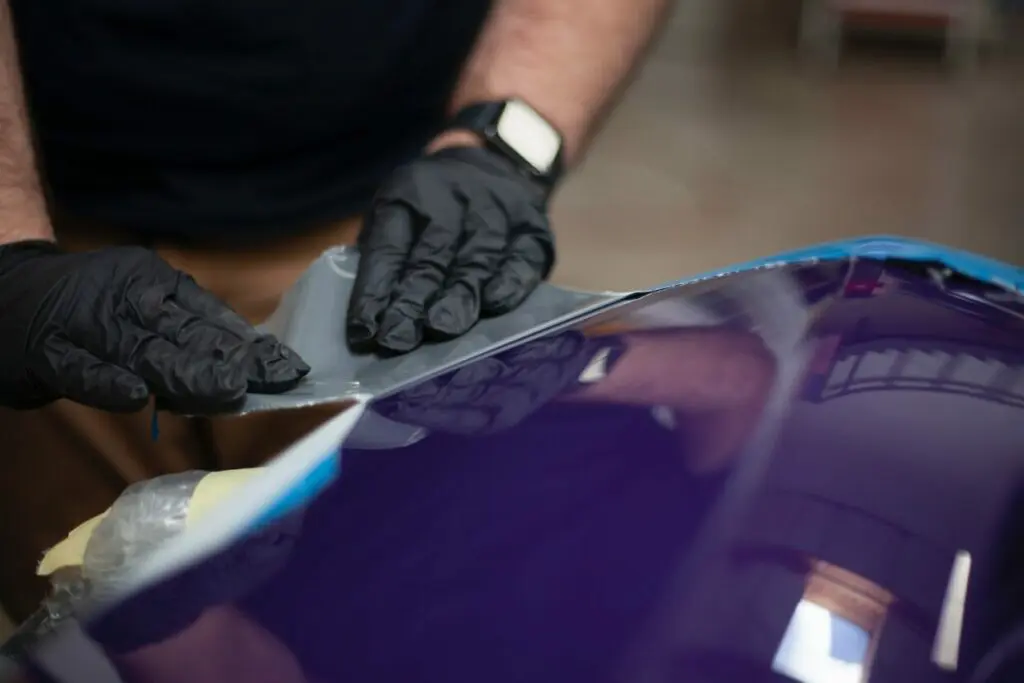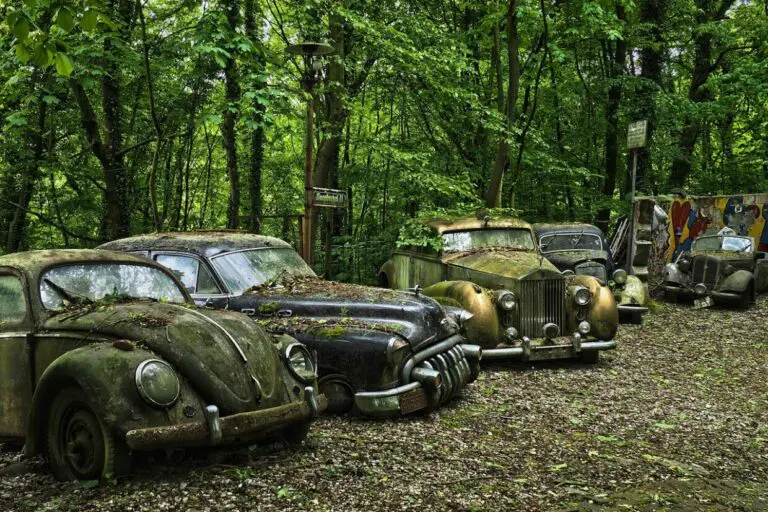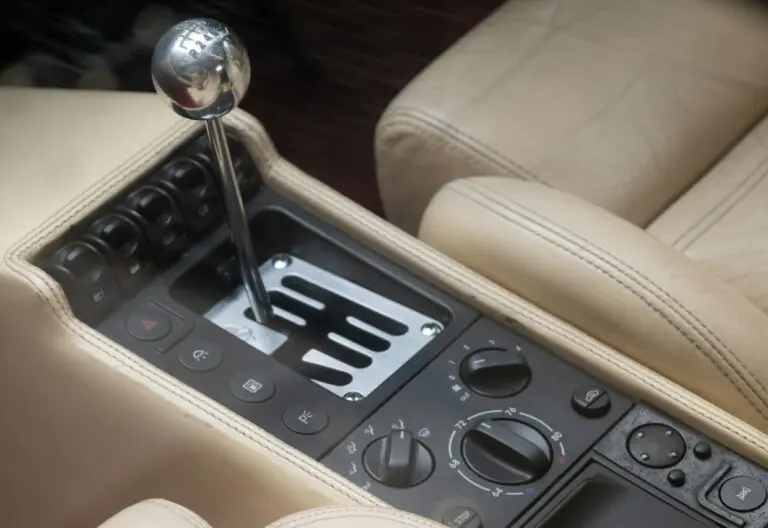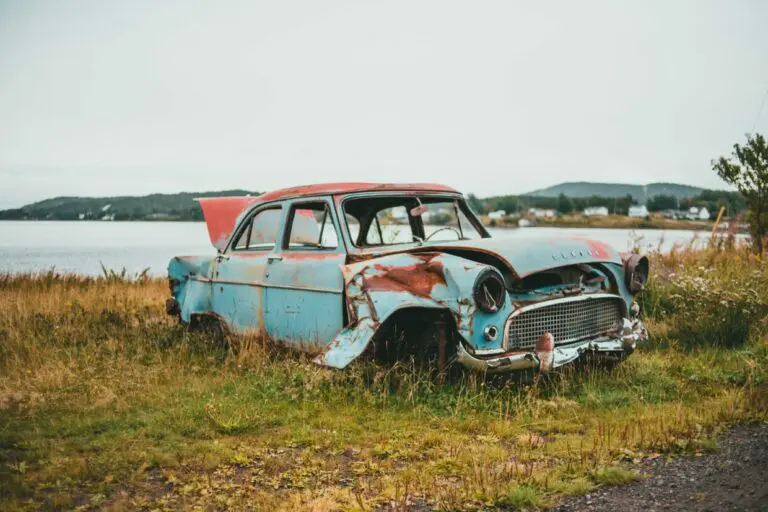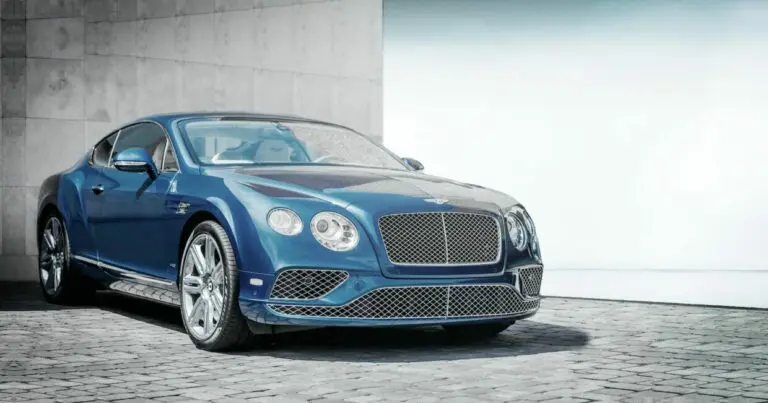The appearance and durability of your car can play a significant role in its value, both financially and emotionally. Whether you’re looking to sell your car, or simply want to keep it looking its best, using the right paint can make all the difference. In this article, we’ll discuss the purpose and importance of using the right paint, the benefits it offers, and how to properly use it. We’ll also discuss any precautions that need to be taken and provide an overview of the history of car paint.
Purpose and Importance of Using the Right Paint
The purpose of using the right paint on your car is to improve its appearance and protect it from the elements. A fresh coat of paint can breathe new life into an older car, making it look like new again. Additionally, the paint serves as a barrier against the sun, rain, and other environmental factors that can cause damage over time.
The importance of using the right paint cannot be overstated. Not only does it make your car look better, but it can also increase its value and lifespan. A high-quality paint job can protect the metal and other materials of your car from rust and corrosion, which can cause significant damage if left untreated. It also helps to maintain the car’s overall value, which can be beneficial if you’re looking to sell it in the future.
Benefits of Using the Right Paint
One of the most obvious benefits of using the right paint on your car is an improved appearance. A fresh coat of paint can bring out the best in your car’s design, making it stand out on the road. Additionally, paint can protect the car’s metal and other materials from rust and corrosion, which can cause damage over time. This can help to maintain the car’s overall value, especially if you’re looking to sell it in the future.
Another benefit of using the right paint is that it can be customised to your preferences. There are a wide variety of paint types and colours available, which allows you to choose a paint job that reflects your personality and style. From classic solid colours to trendy metallics, there’s a paint that will suit your taste.
Using the Right Paint
Using the right paint on your car requires some preparation and attention to detail. The first step is to make sure the car is clean and dry. Any dirt, grime, or debris on the surface of the car will affect the quality of the paint job.
Next, the car should be sanded to remove any rust, old paint, or other imperfections on the surface. This will ensure a smooth finish and help the paint adhere properly. After sanding, the car should be cleaned again to remove any dust or debris.
Finally, the paint should be applied in thin, even coats, using a high-quality paint gun or brush. It’s important to follow the manufacturer’s instructions for the paint you’re using, including any recommended drying times between coats. After the final coat is applied, the car should be left to dry for at least 24 hours before being driven.
Precautions
When using paint on your car, it’s important to take the necessary precautions to protect yourself and the environment. Always work in a well-ventilated area and wear protective gear such as gloves and a mask to protect against any harmful fumes. Also, be sure to dispose of any paint waste in accordance with local regulations.
Additionally, it’s important to be aware of the environmental impact of paint. Many paints contain harmful chemicals that can be released into the air and water, so it’s important to use environmentally friendly paint whenever possible.
History of Car Paint
The history of car paint can be traced back to the early days of the automobile. Early cars were often painted by hand, using a brush and simple oil-based paints. These early paints were not very durable and would quickly fade or chip.
In the 1920s, advancements in paint technology led to the introduction of nitrocellulose lacquers, which were more durable and resistant to fading. These lacquers were also faster-drying, making them more convenient for use in a production setting.
During the 1930s, the use of bake enamels became popular, which were applied with a spray gun and then baked to set the paint. These paints had a much harder finish and were more resistant to chipping and fading.
In the 1950s, the introduction of acrylic enamel paints revolutionized the automotive paint industry. These paints were more flexible, allowing for greater expansion and contraction of the metal body panels. They also had a much higher gloss and better colour retention than earlier paints.
Today, the most common type of paint used in the automotive industry is basecoat-clearcoat. This is a two-stage paint system that includes a basecoat, which is the colour of the paint, and a clearcoat, which provides a glossy finish and protects the basecoat.
Other Types of Car Paint
In addition to traditional paints, there are also other types of car paint that are available. These include:
- Powder Coating: This is a dry powder that is applied to the car using electrostatic methods. It is then baked to cure the paint, resulting in a durable and long-lasting finish.
- Hydrographics: This is a process that uses water to transfer patterns or images onto the car’s surface. It is often used to create custom designs or patterns on the car’s body.
- Vinyl Wraps: This is a popular option for those looking to change the colour of their car without the cost of a full paint job. Vinyl wraps are a adhesive films that can be applied to the car’s body, which can be removed without damaging the paint underneath.
In conclusion
Choosing the right paint for your car is important in order to not only enhance its appearance but also to maintain its value, while protecting it from the elements. Careful attention to preparation and application will result in a paint job that looks great and lasts for years to come.

